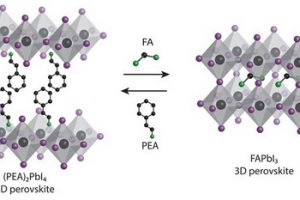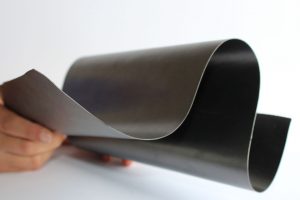Melexis is encouraging innovation and drawing on the rich pool of local technology graduates at its newly-opened Innovation Lab. Positioned in the Swiss canton of Neuchâtel, the Melexis Innovation Lab is the latest addition to the Belgian company’s site in Bevaix, near Geneva. The lab was opened in December 2022 and is a centre for pre-development of sensor technology products ...
Materials R&D
Synopsys and Juniper Networks form new player in silicon photonics market
There will be a new player in the dynamic silicon photonics sector, as Synopsys and Juniper Networks announce a partnership to form a new, separate company, with Synopsys as the majority owner. As yet, unnamed, the company will offer an open silicon photonics platform (integrated lasers, optical amplifiers) and photonic components. The companies believe that this platform will lower the ...
Stratasys invests in UK AM sector
Offices in Cambridge and Derby have been opened by Stratasys to drive the adoption of additive manufacturing (AM). The new offices will house technical and business consultants and software developers from GrabCAD, Stratasys’ software start-up, a cloud-based CAD file sharing system. In Derby, strategic consultants will help UK businesses implement AM strategies for 3D printing and be a base for ...
Better formamidinium perovskite solar
Better perovskite solar cells could spring from a different way to make formamidinium lead iodide
Layers of polymer material build into a battery stack
The quest for lightweight, compact batteries in power supplies and in electric vehicle is unrelenting, but researchers from the Fraunhofer Institute for Environmental, Safety and Energy Technology UMSICHT in Oberhausen, have developed a flexible and thin bipolar plate material for batteries which do not require sealing, which makes them vulnerable to leakage, and which can be welded to create large ...
Conductive ink breakthrough reduces cost of graphene printed electronics
Researchers at the University of Manchester have identified dihydrolevogucosenone, a non toxic material which is less expensive than conventional conductive inks. It is a sustainable material that provides higher concentrations and conductivity compared with graphene ink and is lower in cost as it does not rely on metal nanoparticles for electrical conductivity in printed electronics. Printed conductive inks are being developed for transistors, sensors, antennae, ...
University sets up service to tap into the graphene boom
Aiming to bridge the link between R&D into graphene’s properties and making its application into products on an industrial scale, the National Physical Laboratory (NPL) and the National Graphene Institute (NGI, pictured) at the University of Manchester, have set up a graphene characterisation service. Graphene is stronger than steel, yet is lightweight and flexible, it is electrically and thermally conductive ...
Gateway opens its doors to Europe with ferrite centre
Gateway opens a ferrite core gapping and machining centre at its Cheshire facility
Manchester and Shandong collaborate on nanoscale transistor for flexible displays
Researchers developed a fast nanoscale oxide semiconductor-based TFT.
Layering graphene creates sensors for energy-efficient IoT
Researchers at the University of Manchester have developed graphene sensors embedded into RFIDs.
 Electronics Weekly Electronics Design & Components Tech News
Electronics Weekly Electronics Design & Components Tech News








